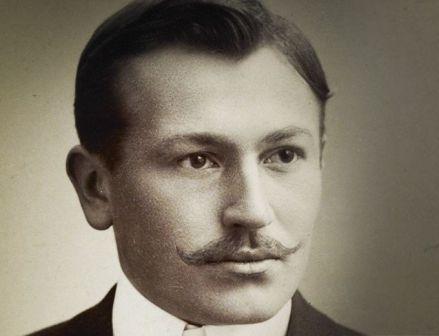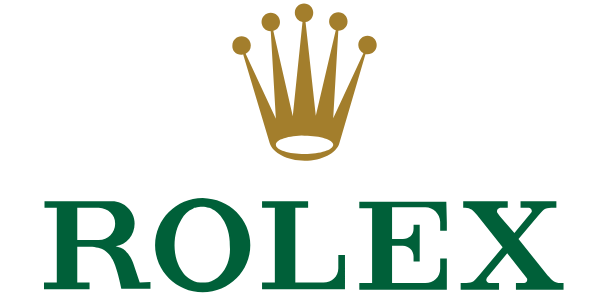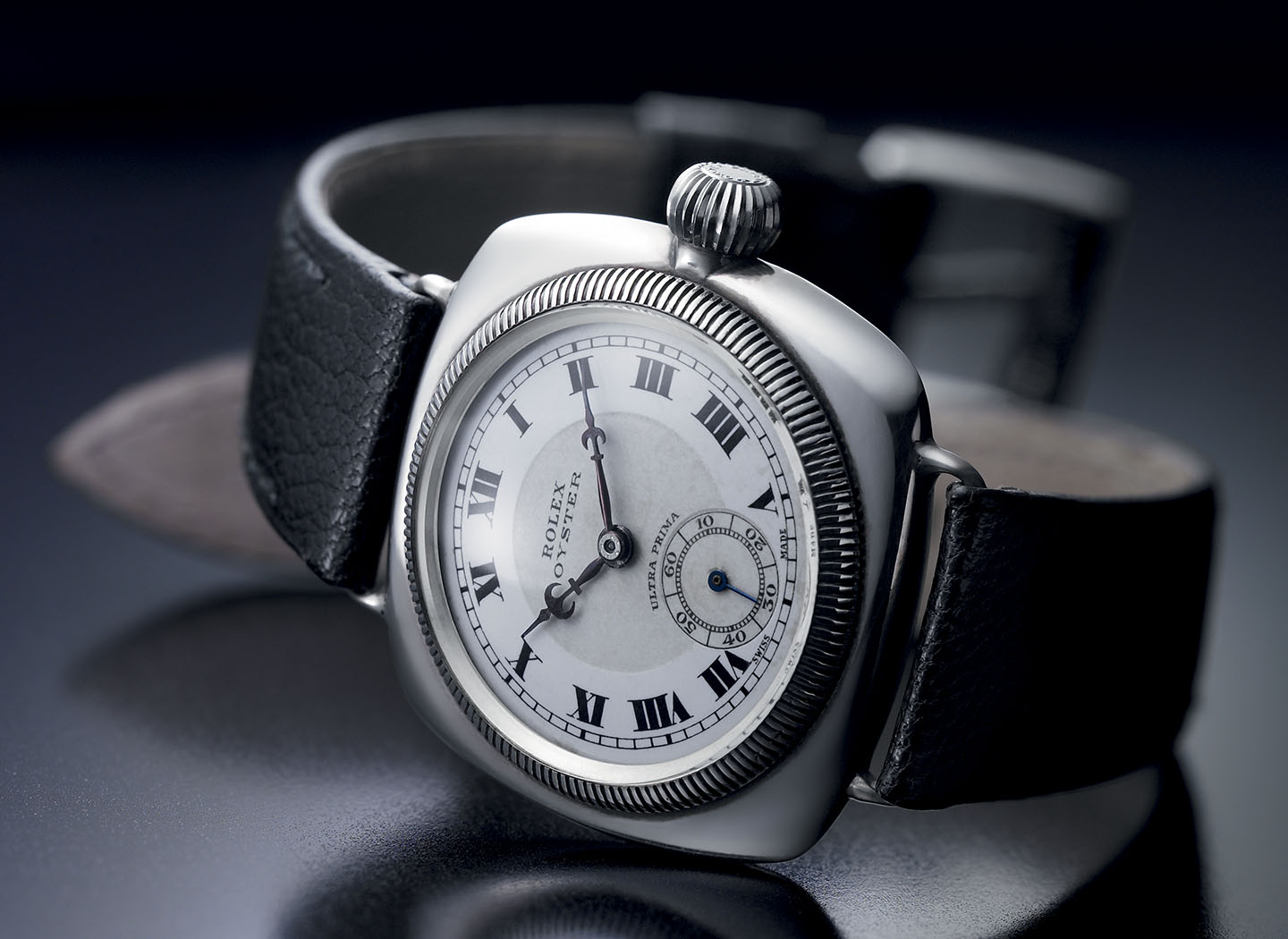Being the creator of exquisite and high-end timepieces using top-notch materials and cutting-edge technology, the name Rolex is already a well-known one. This Swiss watch brand, originally established as Wilsdorf & Davis, has a fascinating history that goes hand in hand with the symbolism and significance of the Rolex logo meaning.
| Rolex SA Information | |
| Founded | 1905 |
| Founder | Hans Wilsdorf, James Davis |
| Headquarters | Geneva, Switzerland |
| Official website | www.rolex.com |
| Owner | Hans Wilsdorf Foundation |
| Other brands/JVs | Tudor |
| Slogan | A crown for every achievement |
Table of Contents

In 1905, Hans Wilsdorf, along with his brother-in-law Alfred James Davis, entered the watch distribution industry. Despite being just 24 years old at the time, Wilsdorf had already acquired significant practical knowledge during his previous employment at the Swiss watch company, Cuno Korten. Initially, Wilsdorf & Davis specialized in importing Swiss movements (the internal mechanism of a watch) to England and housing them in cases produced by other companies.
During that era, pocket watches enjoyed greater popularity compared to wristwatches, mainly because the latter were considered less precise and thus unreliable. Some manufacturers argued that fitting the intricate mechanism into a compact wristwatch was an insurmountable challenge. However, Wilsdorf viewed this as an opportunity and aimed to transform the situation. He achieved this by utilizing highly accurate movements produced by a Swiss watchmaking company based in Bienne.
Wilsdorf was not only an early advocate of wristwatches but also believed that they would eventually eclipse pocket watches. In 1910, he accomplished a significant milestone by becoming the first manufacturer to produce chronometer-certified wristwatches. This was a remarkable achievement, considering that, during that period, only pocket watches could attain such precision.

Wilsdorf persisted in the assembly of watches under the banner of Wilsdorf & Davis and distributed them to jewelers who, in turn, affixed their brand names on the watch dials.
Rolex logo History – Brand first, Company later
Numerous theories exist regarding the origins of the brand name Rolex. One prevalent belief suggests that the name was inspired by the sound of a winding watch. Others assert that it originated from the French phrase “Horlogerie Exquise,” which translates to “Exquisite Clockwork.” However, none of these theories hold, as Hans Wilsdorf himself unveiled the true source of the name in 1958, during the brand’s 50th-anniversary celebration:
“I tried combining the letters of the alphabet in every possible way. This gave some hundred names, but none of them felt quite right. It was one morning when I was sitting on the upper level of a double-decker powered at that time by horses, driving along Cheapside in London, that a good genie whispered in my ear: “Rolex.” A few days after this fruitful journey, the Rolex brand was filed, and then officially registered in Switzerland by Wilsdorf & Davis.”

The founder aimed for his watches to carry a name that was concise, effortlessly pronounceable memorable in any language, and aesthetically pleasing when displayed on watch movements and dials. In summary, Rolex perfectly met these criteria.
It’s worth mentioning that the company retained the name Wilsdorf & Davis until 1914 when Wilsdorf decided to rebrand it as The Rolex Watch Company Ltd. The use of “Rolex” as a company name was still a few years from its inception, and the iconic Rolex emblem had not yet been introduced at that time.
Rolex logo History – Move to Switzerland
The business was prospering, but in 1915, Wilsdorf faced the necessity of relocating the company from London, England to Bienne, Switzerland. This decision was prompted by the British government’s imposition of a 33% duty on luxury imports. Additionally, Switzerland had already established itself as the leading hub for crafting high-quality watches, which further justified the move. This transition marked the period when Rolex evolved from being a mere assembler to a manufacturer that produced some of its components in-house, making Switzerland the ideal choice for this transformation.
In 1919, the company once more relocated its headquarters, this time from Bienne to Geneva, marking the move to what is now the official home of Rolex.
Rolex logo meaning – No clear answer
An equally remarkable fact is that the Rolex logo wasn’t officially trademarked until 1925. Similar to the brand name, there are various theories about the Rolex logo meaning. According to some sources, the five-point crown symbolizes the five letters in the Rolex name, while others contend that it represents five human fingers.
Despite the lack of consensus on the Rolex logo meaning, the symbol gained immediate popularity and has remained unchanged throughout the brand’s extensive history. Over time, the Rolex logo has come to symbolize exceptional quality and precision, much like the Swiss brand Omega.
The precise date when the company began using the Rolex logo on its watches remains uncertain. In 1926, they introduced the world’s first waterproof and dustproof wristwatch, known as the Oyster, and there are several Oyster timepieces without the five-point crown logo. However, by 1931, the Rolex logo began to grace the majority of their watches.

In popular culture, the Rolex emblem gained widespread recognition through its association with none other than secret agent 007, James Bond. The creator of the James Bond series, Ian Fleming, was a devoted enthusiast of Rolex watches, and he even depicted some of his characters wearing the iconic Rolex crown logo in certain novels.
In addition to his role as a businessman, Wilsdorf was also a philanthropist. One of his most notable actions concerning the ownership of the company was transferring all his shares in Rolex to the Hans Wilsdorf Foundation, which is a private trust. This decision means that the company is now owned by a charitable organization with the primary objective of ensuring the long-term sustainability of the group.
Simultaneously, the trust imposes a requirement for “Donations to various charities and patronages listed in the founding act, as well as to the École d’Horlogerie de Genève, the École des Arts Décoratifs de Genève, to the Faculty of Economics and Social Sciences at the University of Geneva, and to the Swiss Watchmaking Research Laboratory in Neuchâtel. It also includes provisions for providing allowances for the nephews and nieces of the founder, as well as for their descendants, to support their maintenance, education, and care of their children.”

